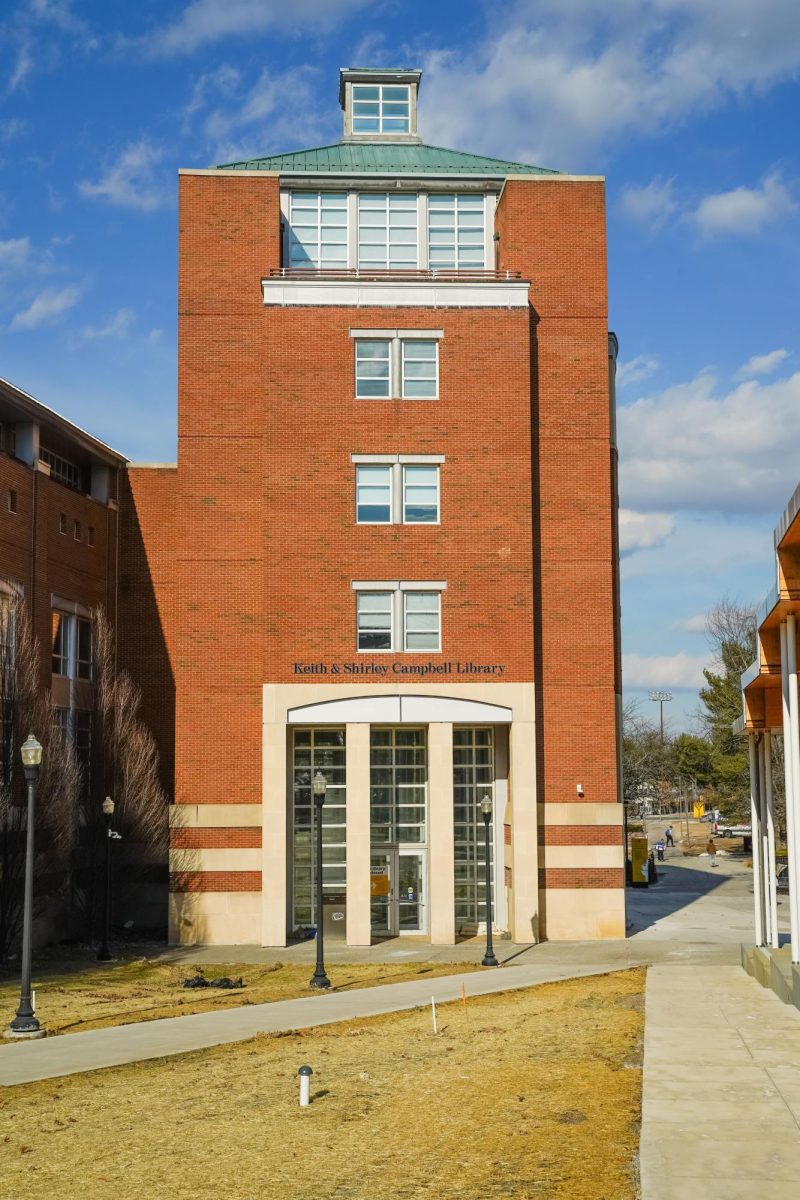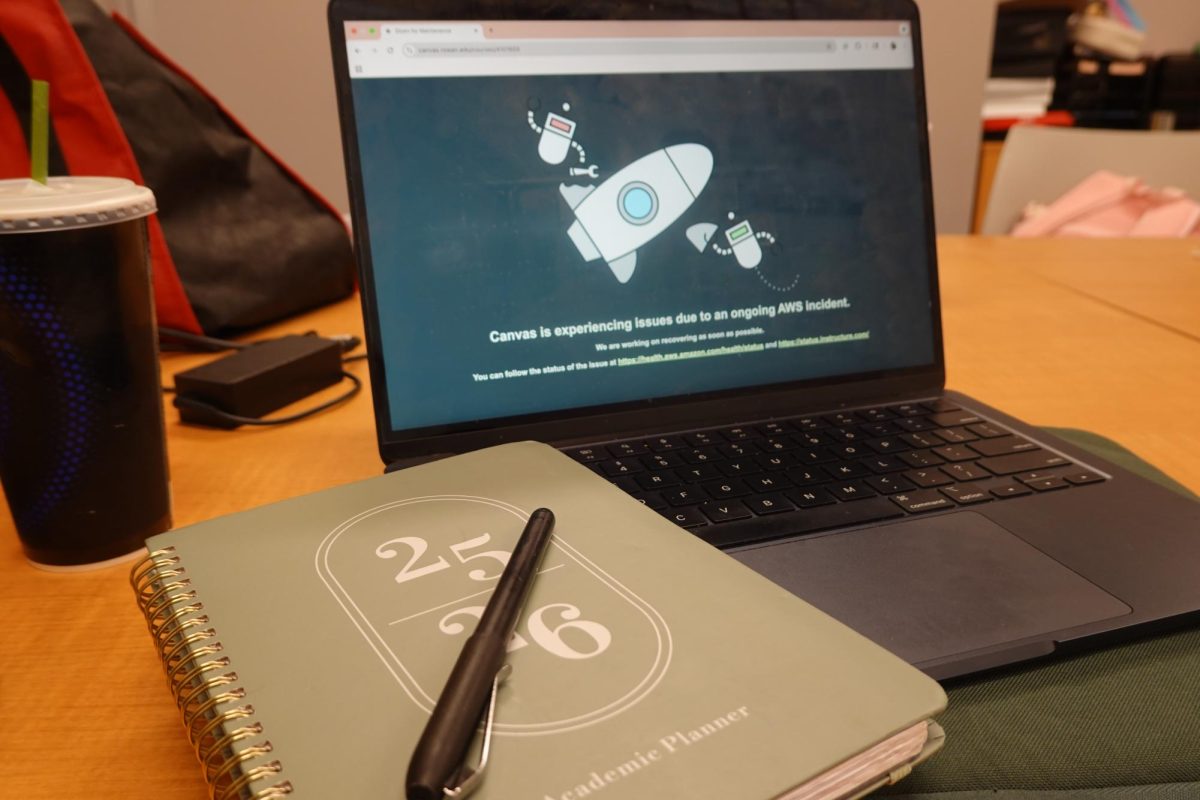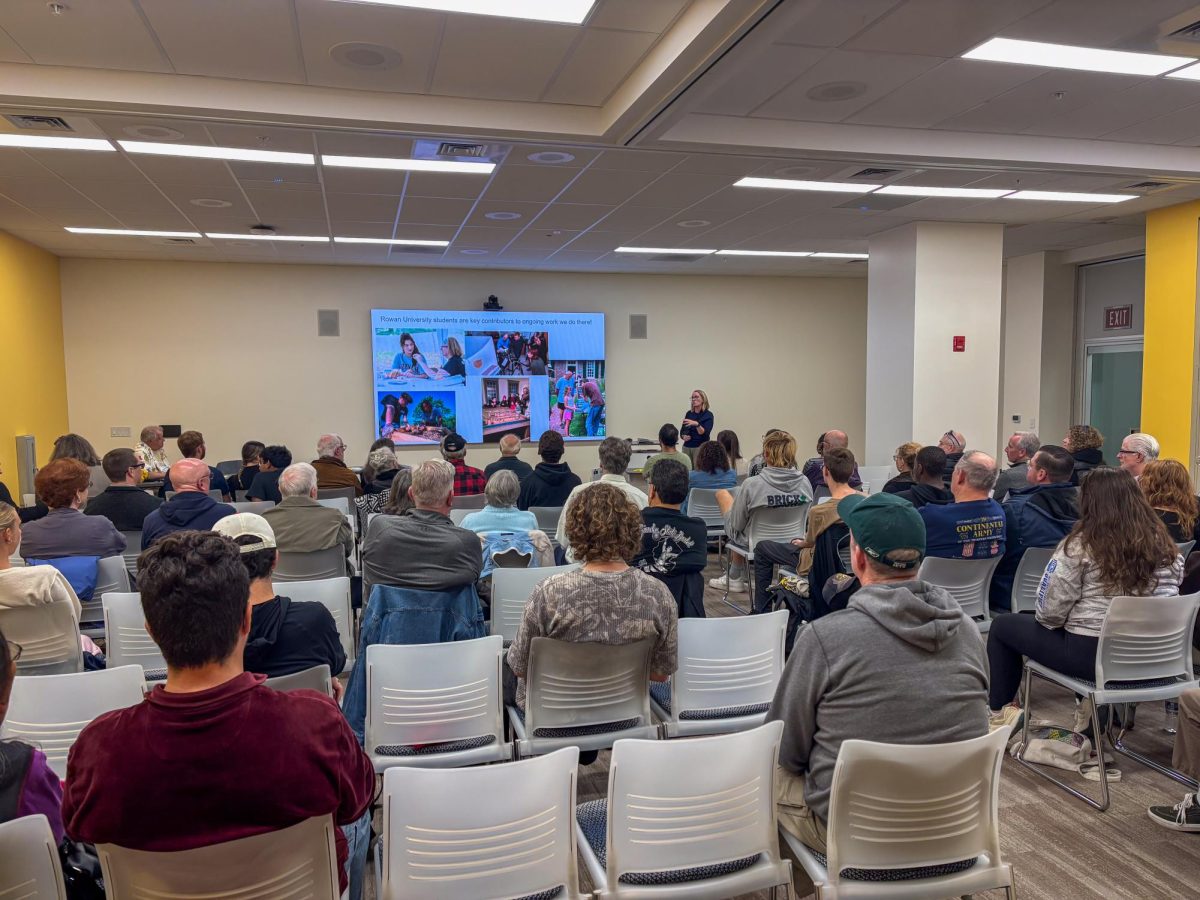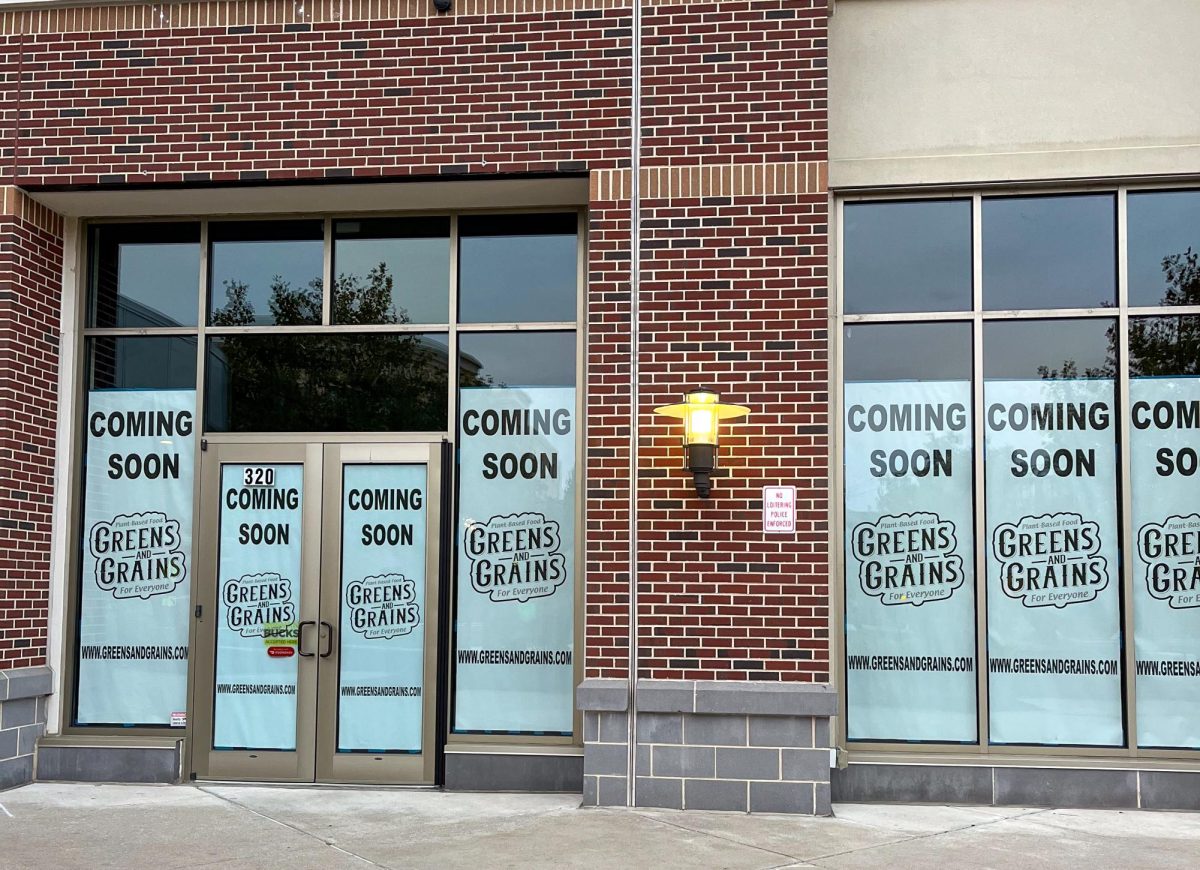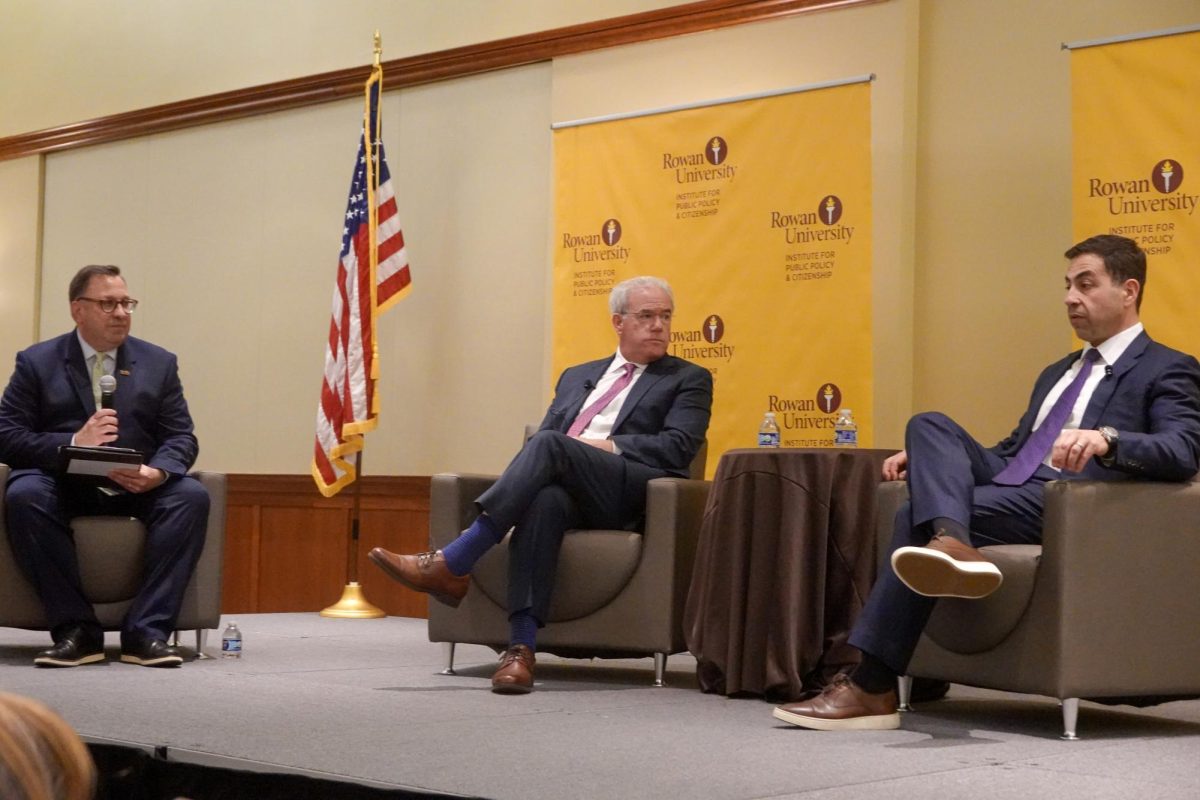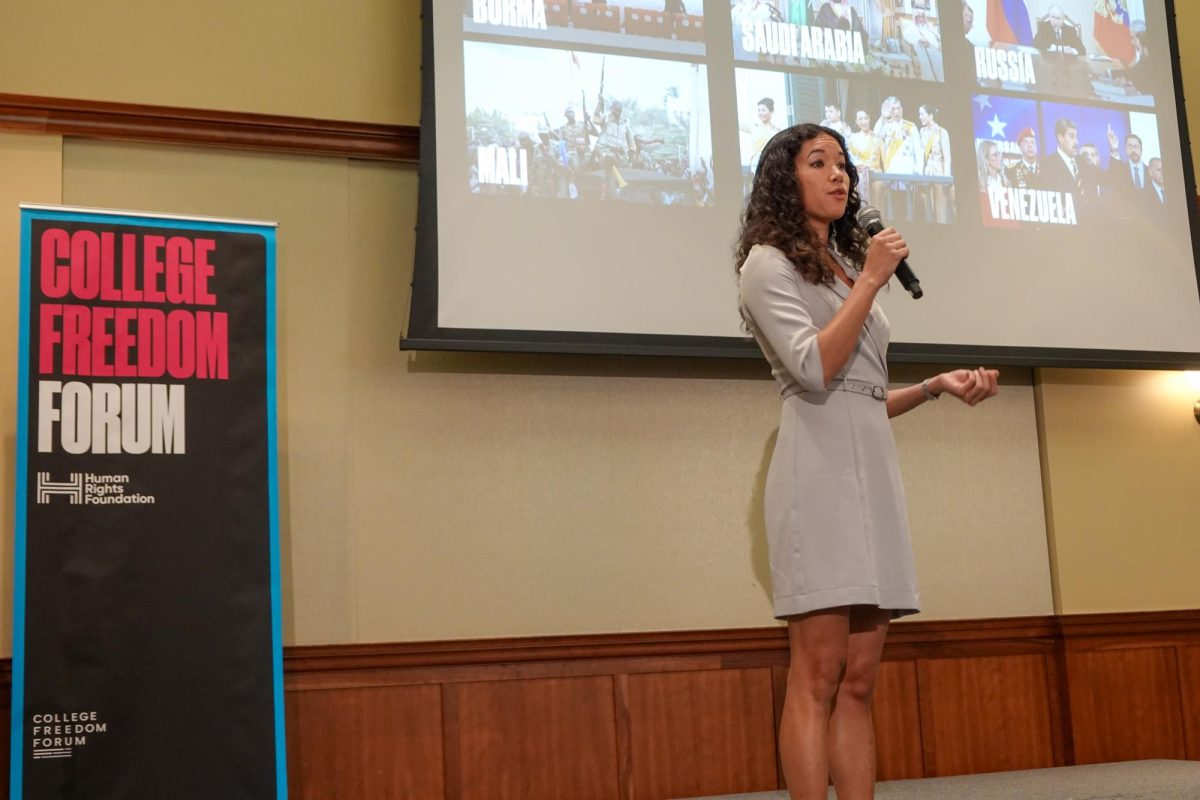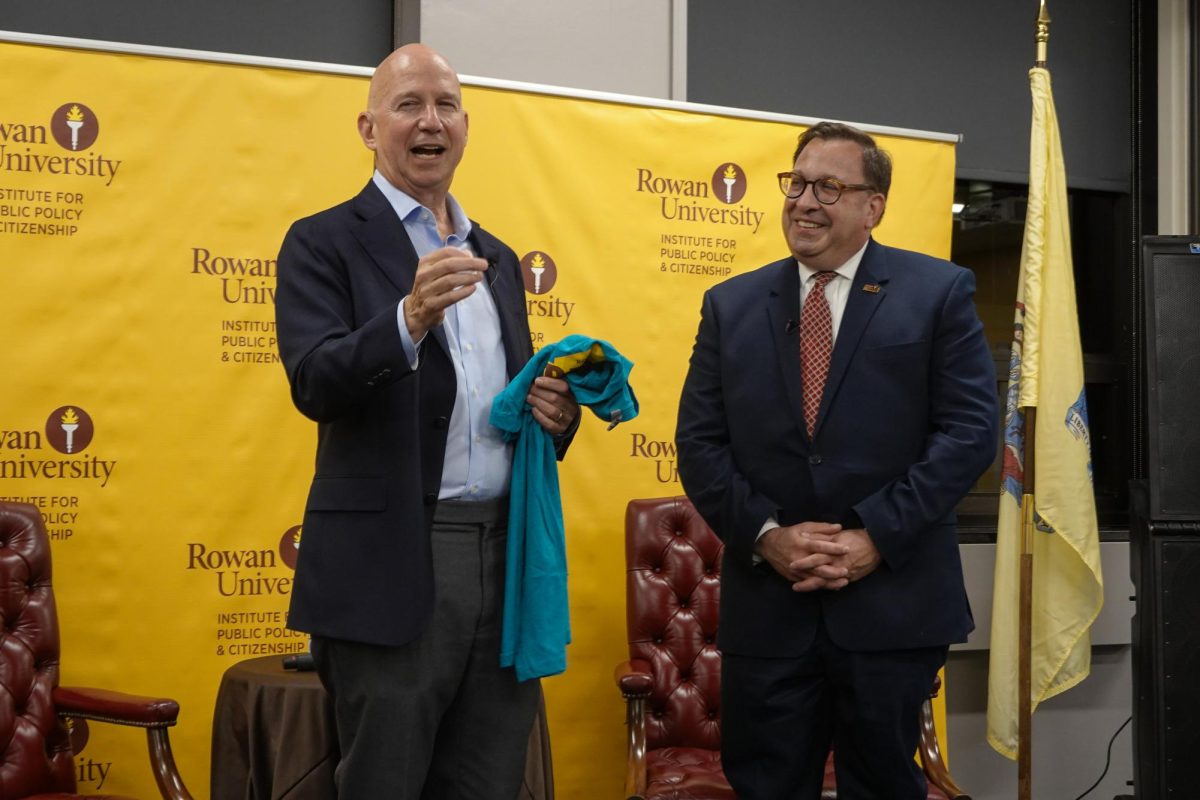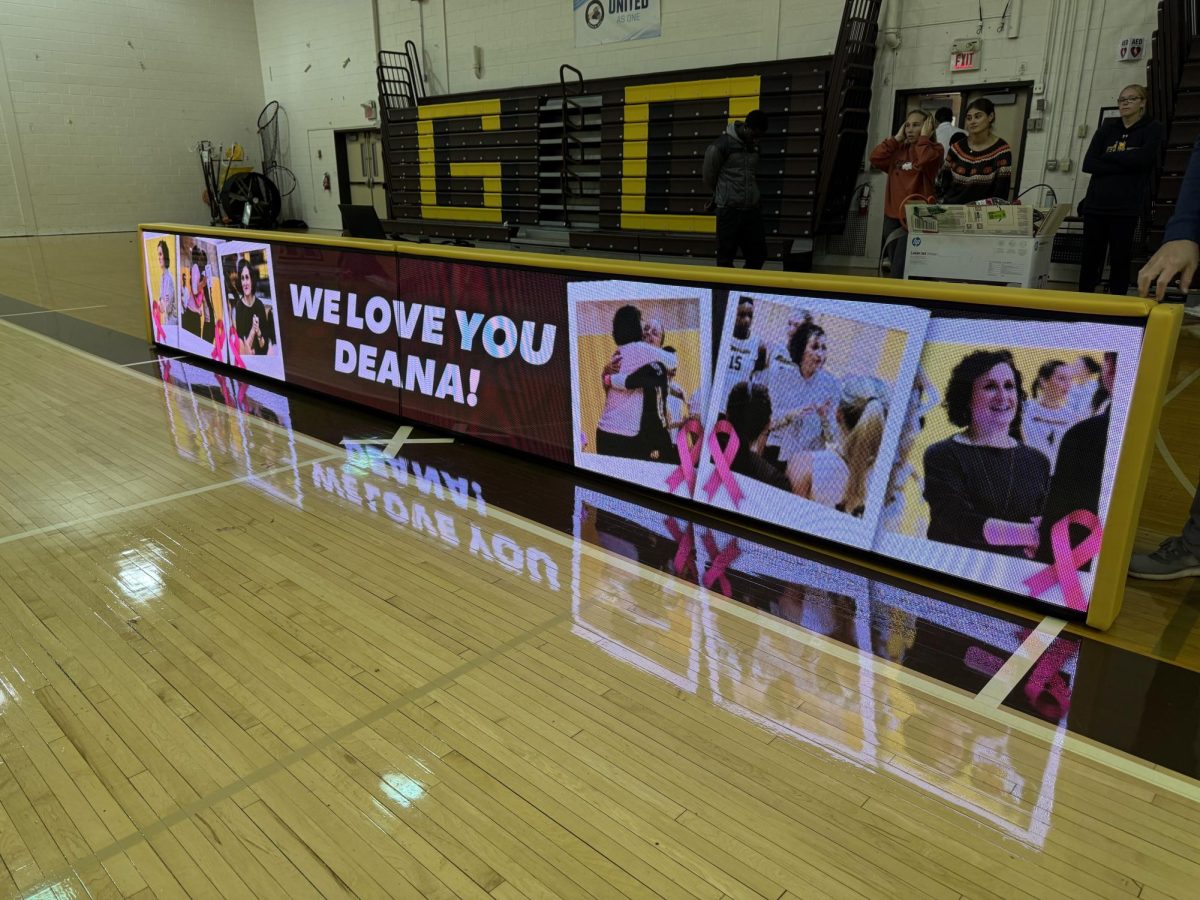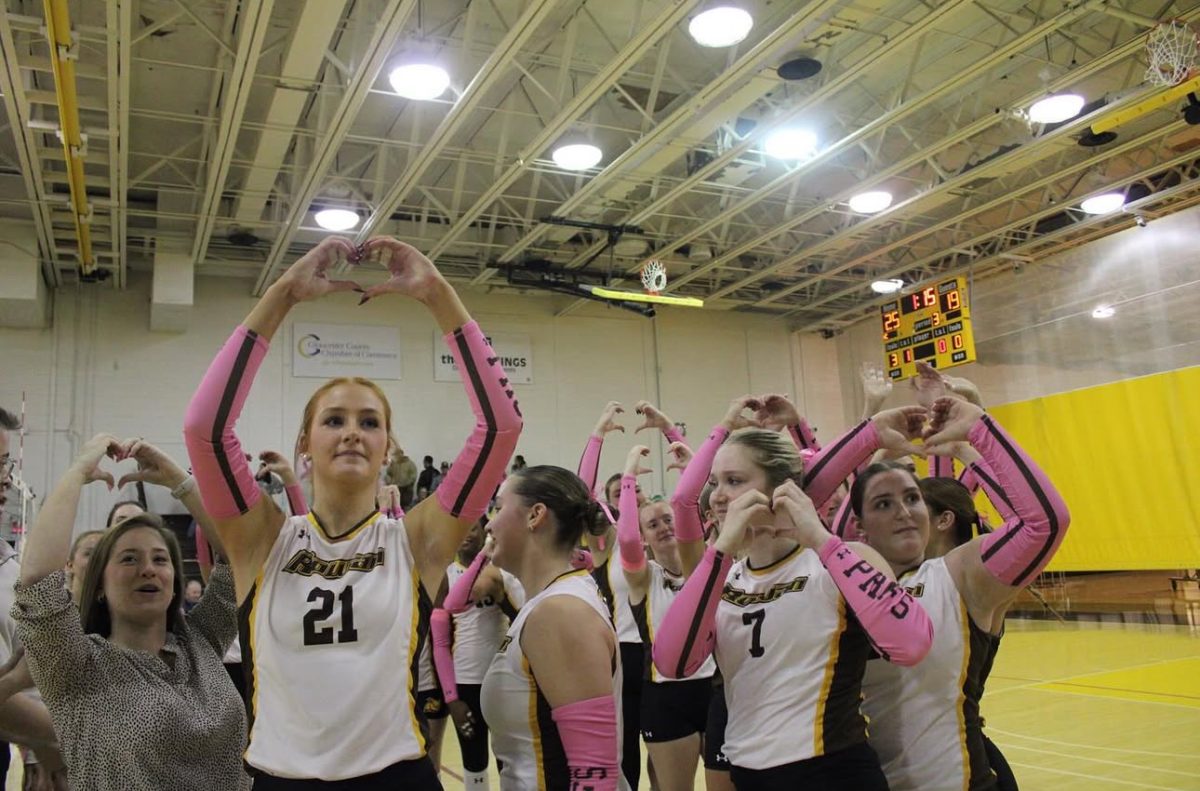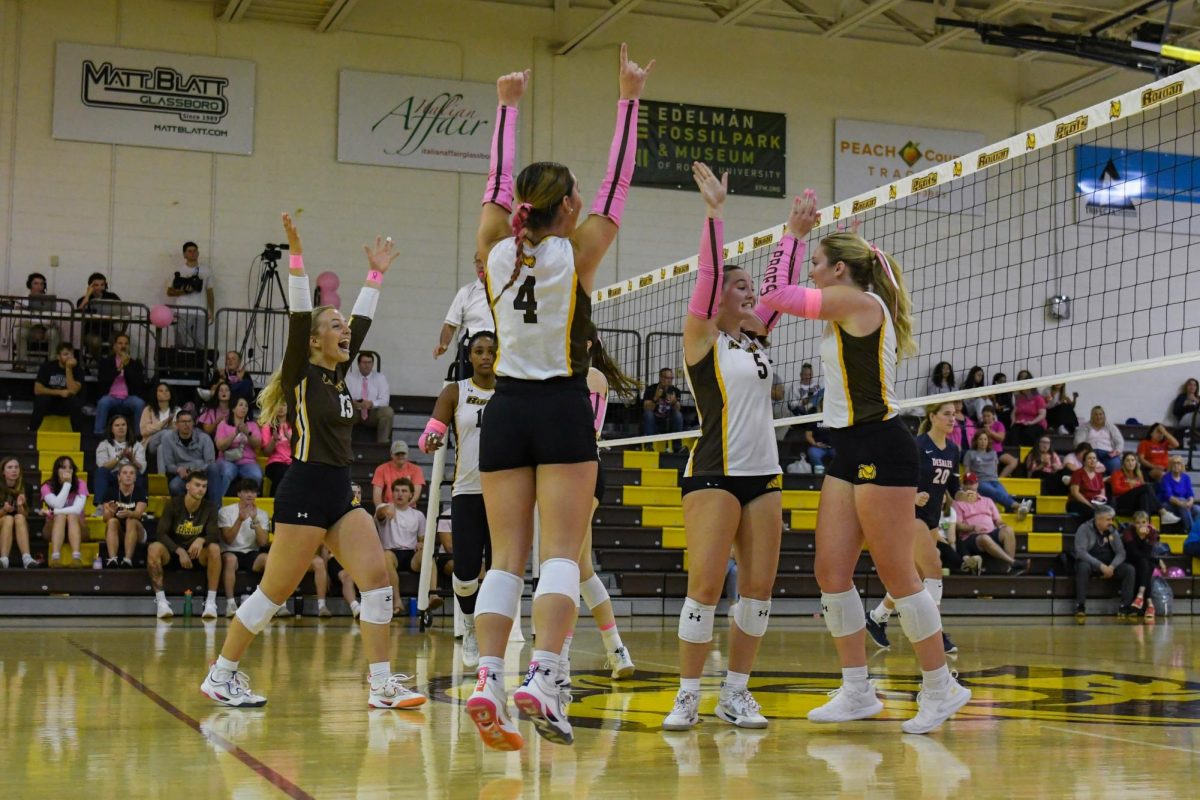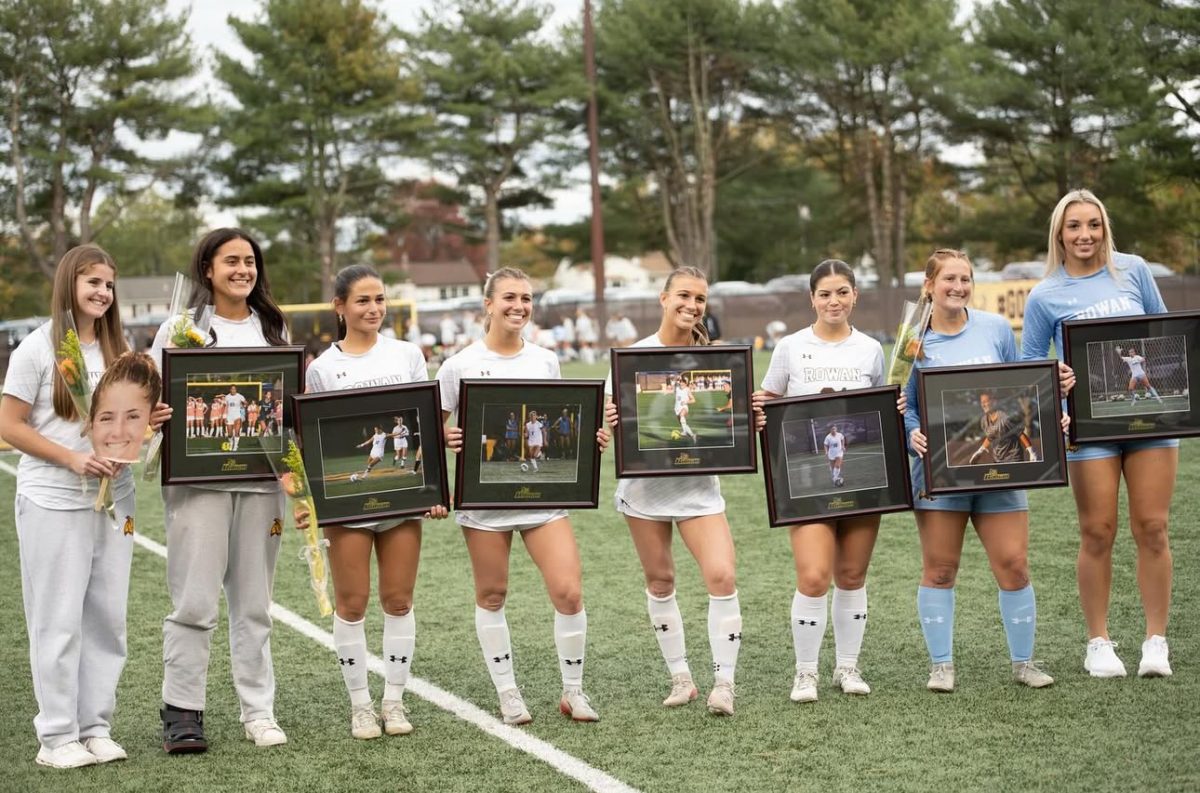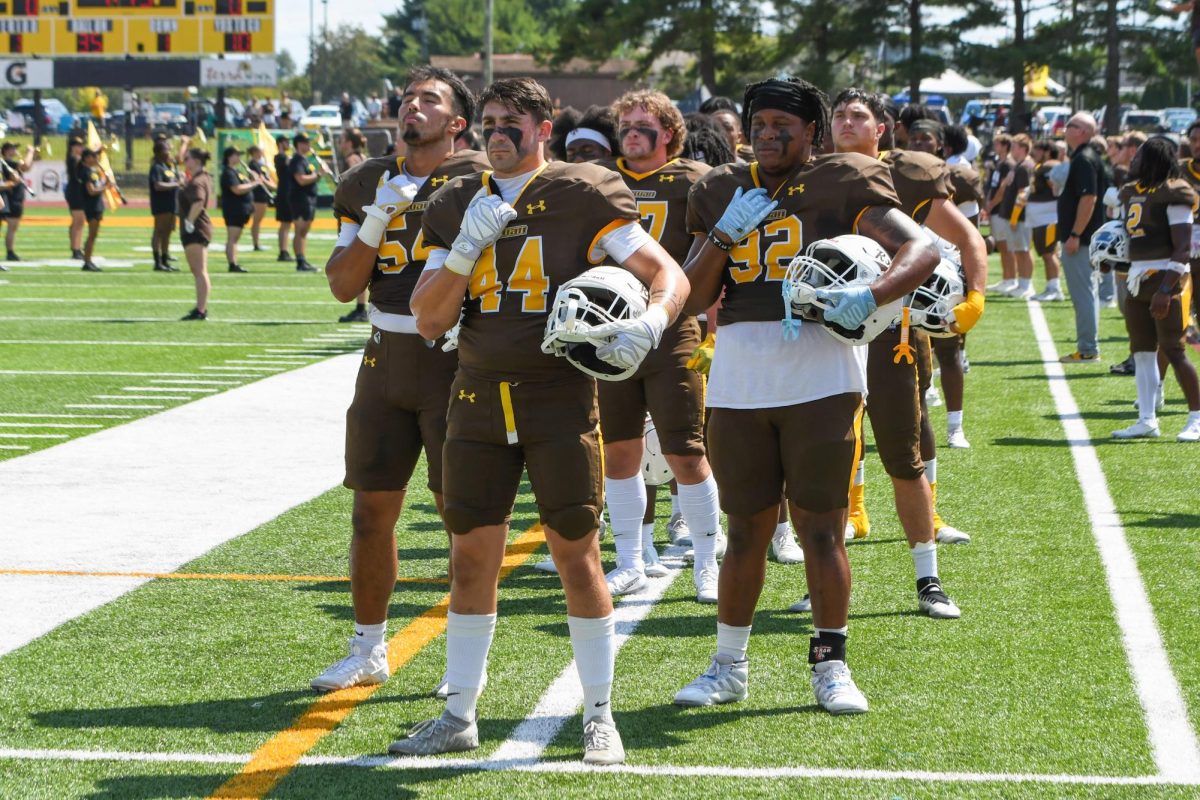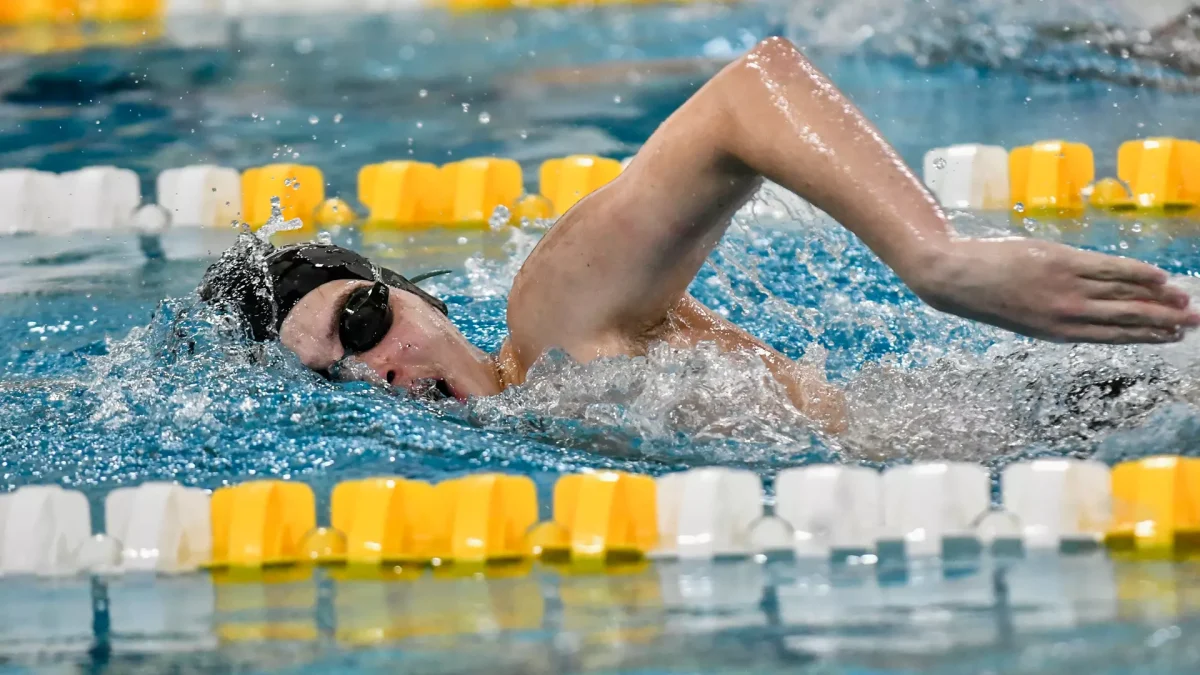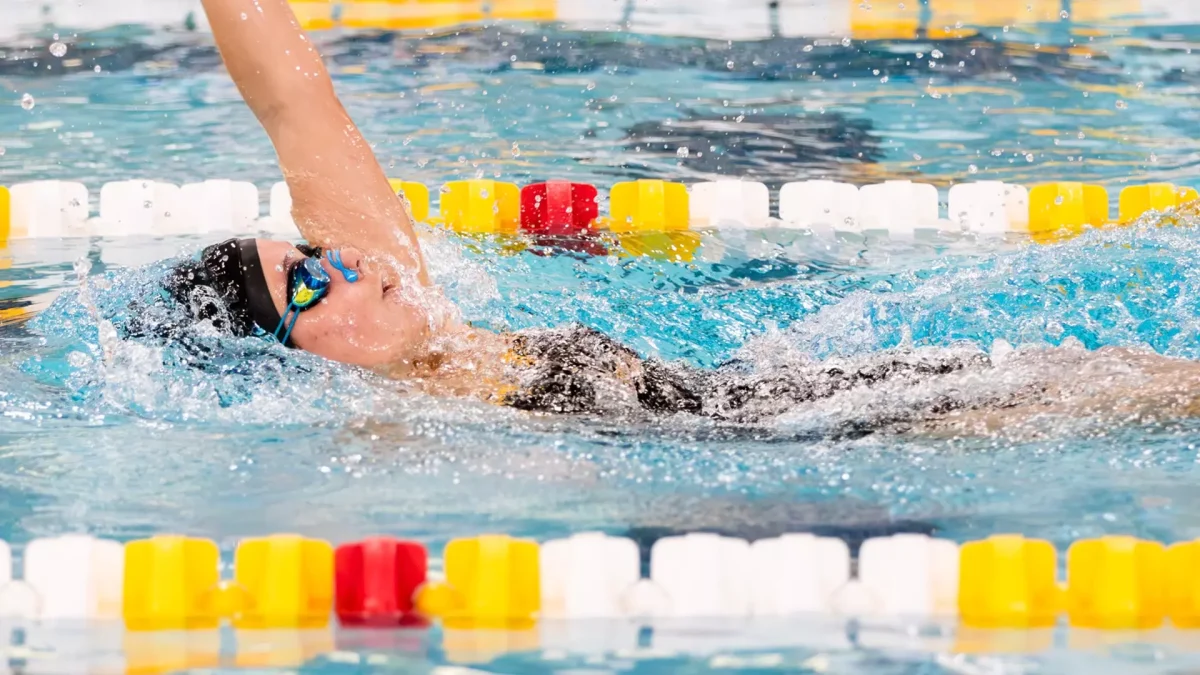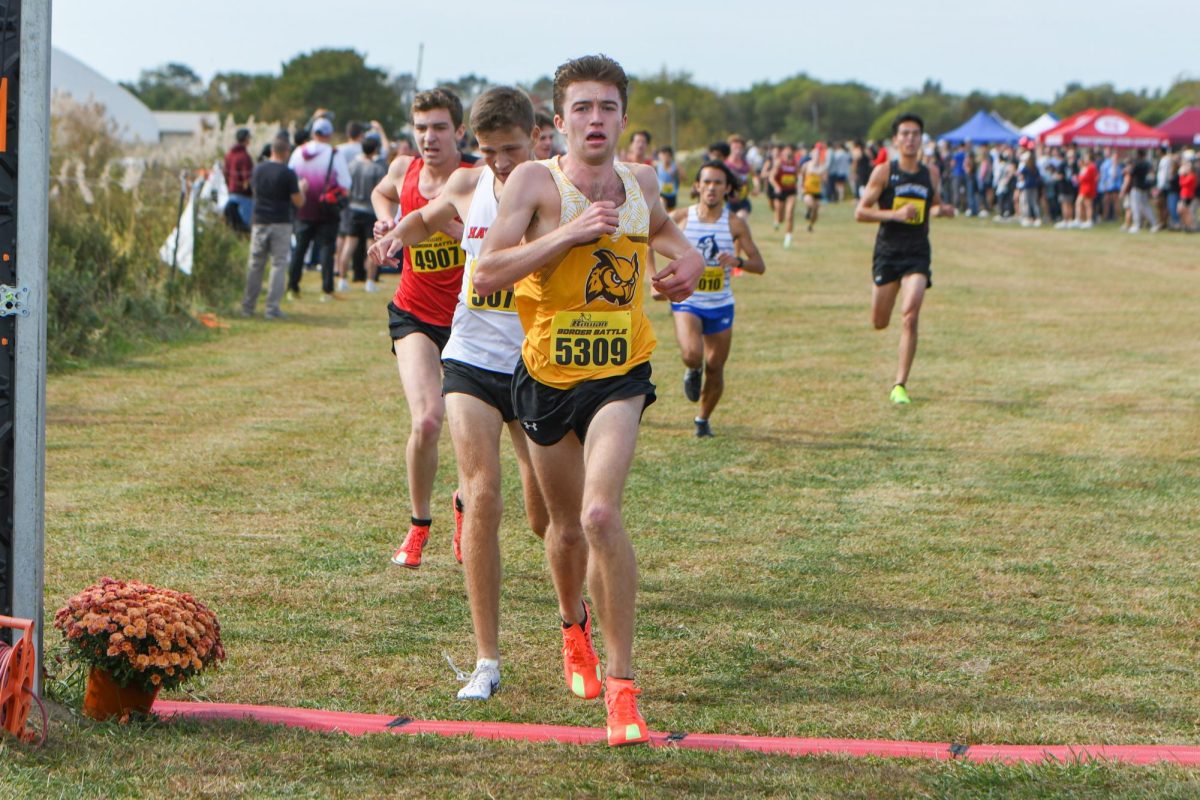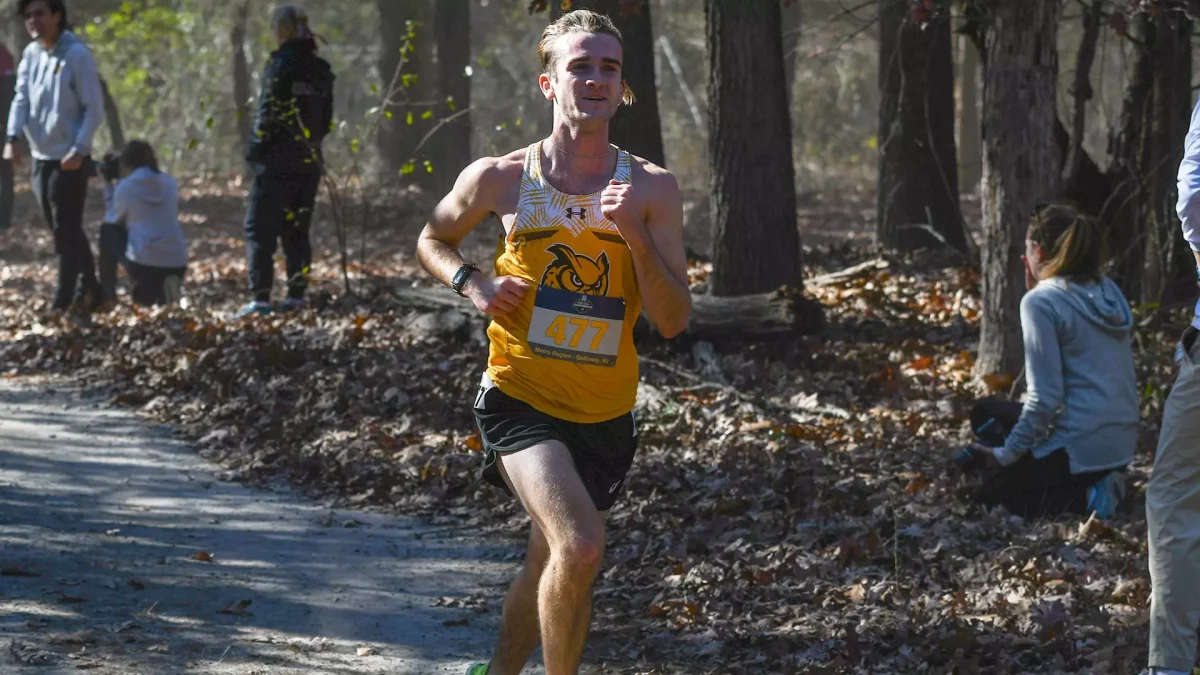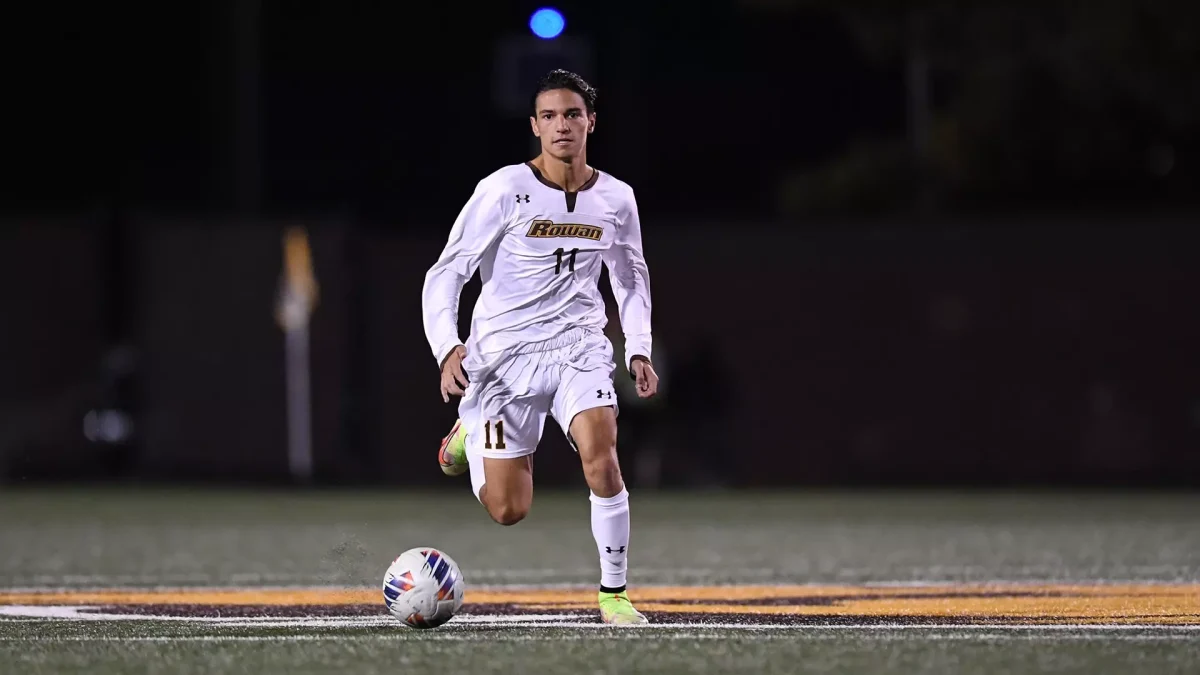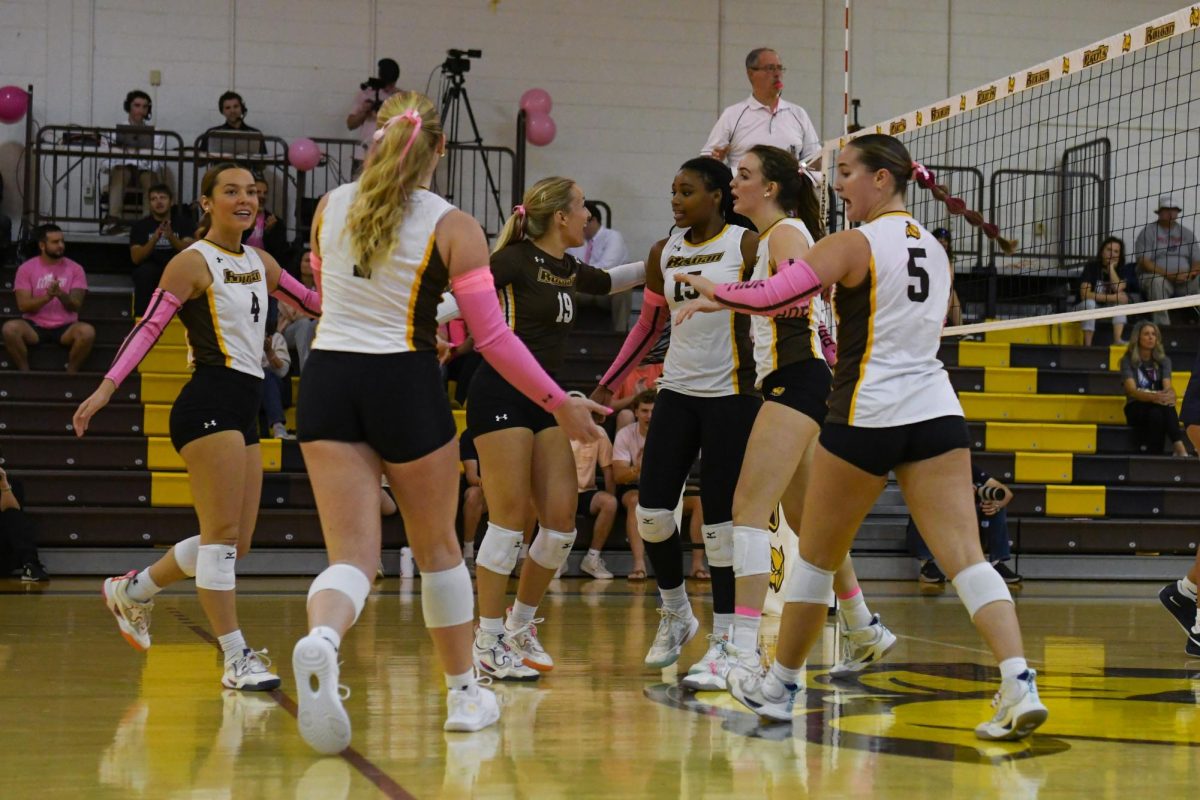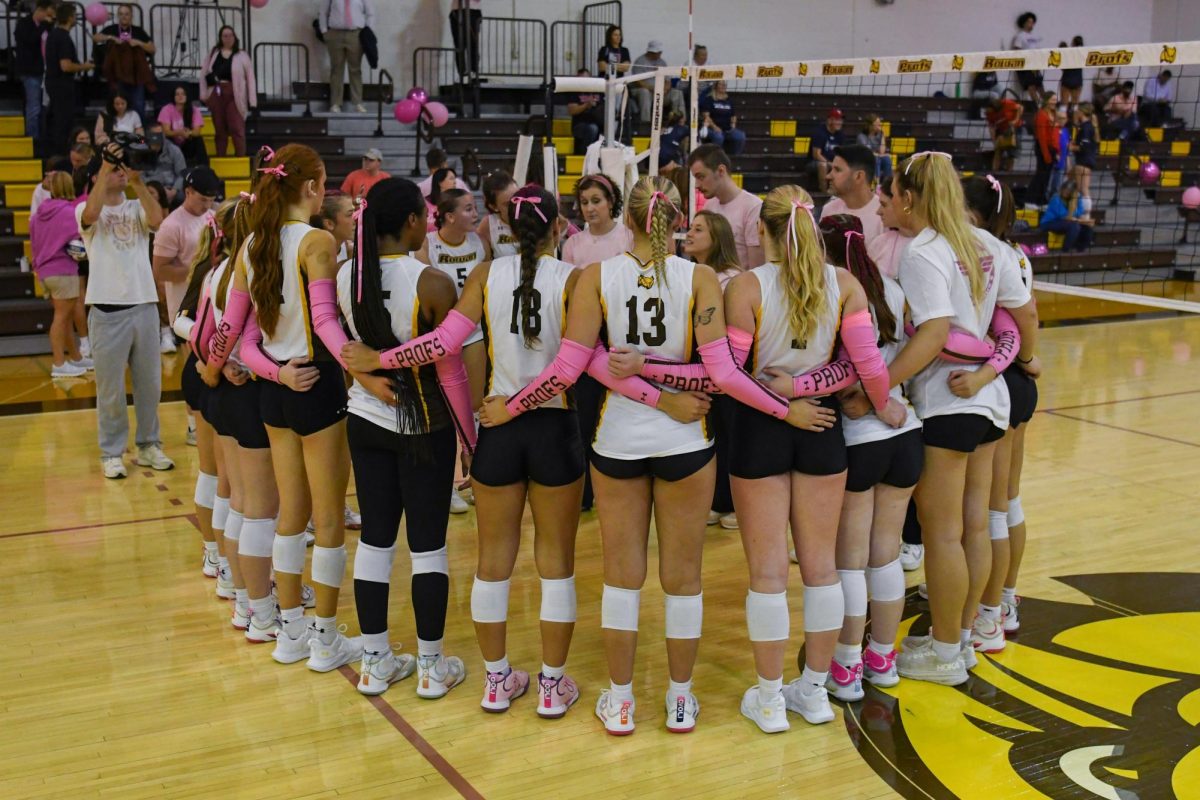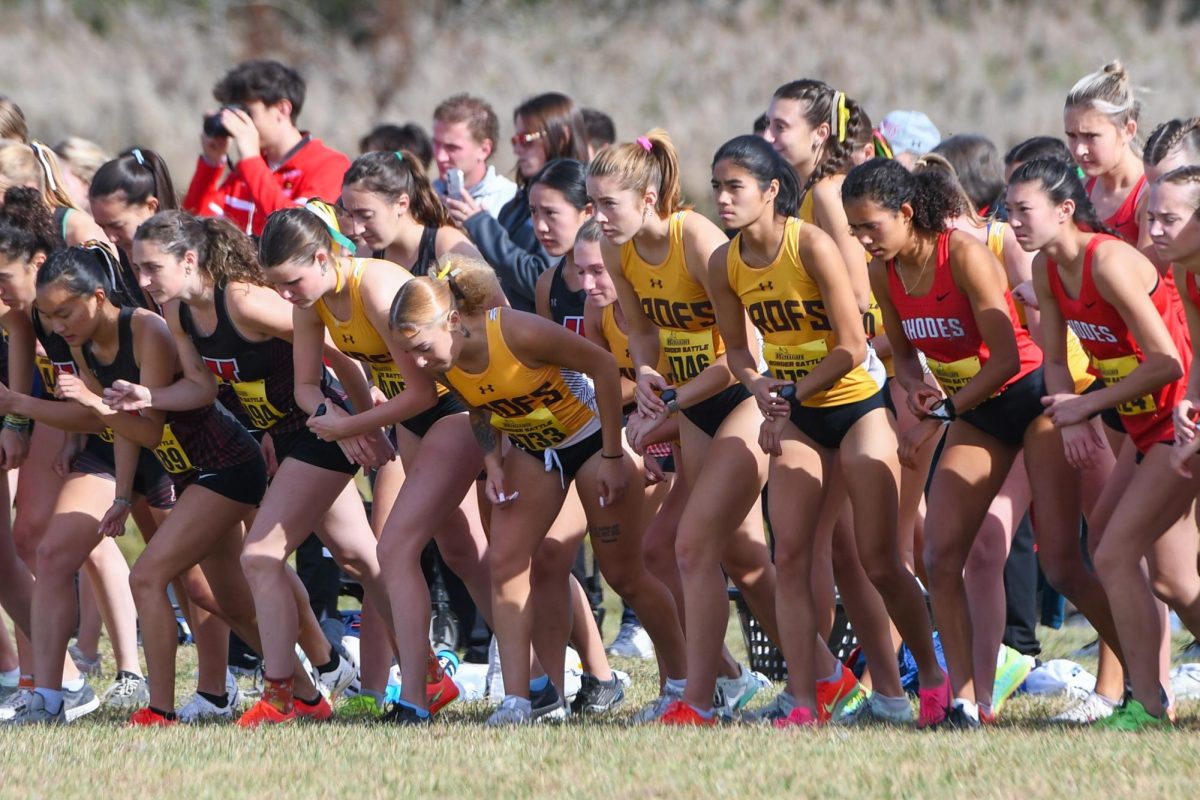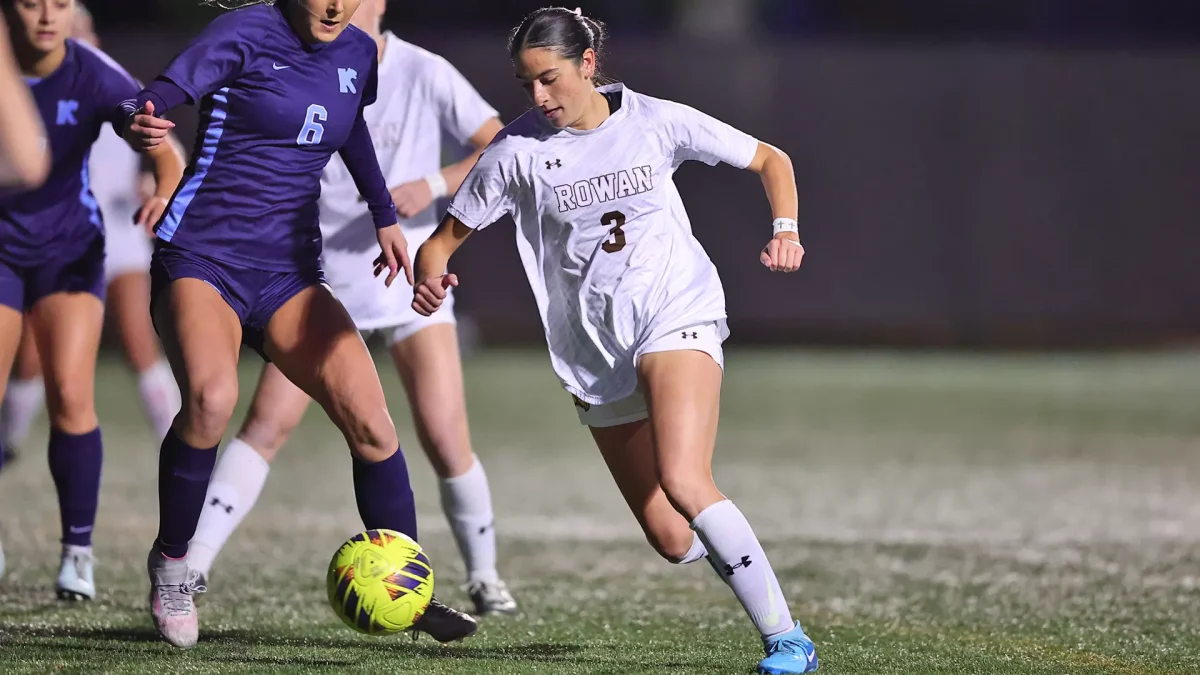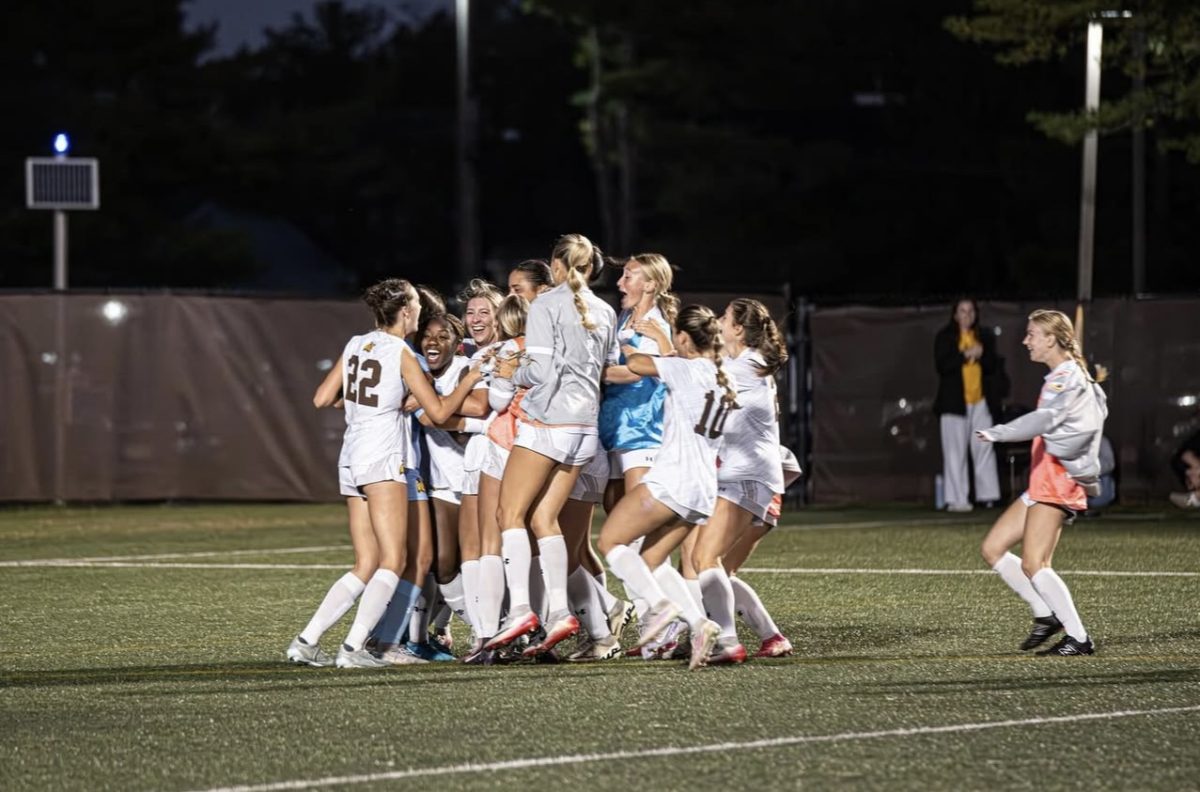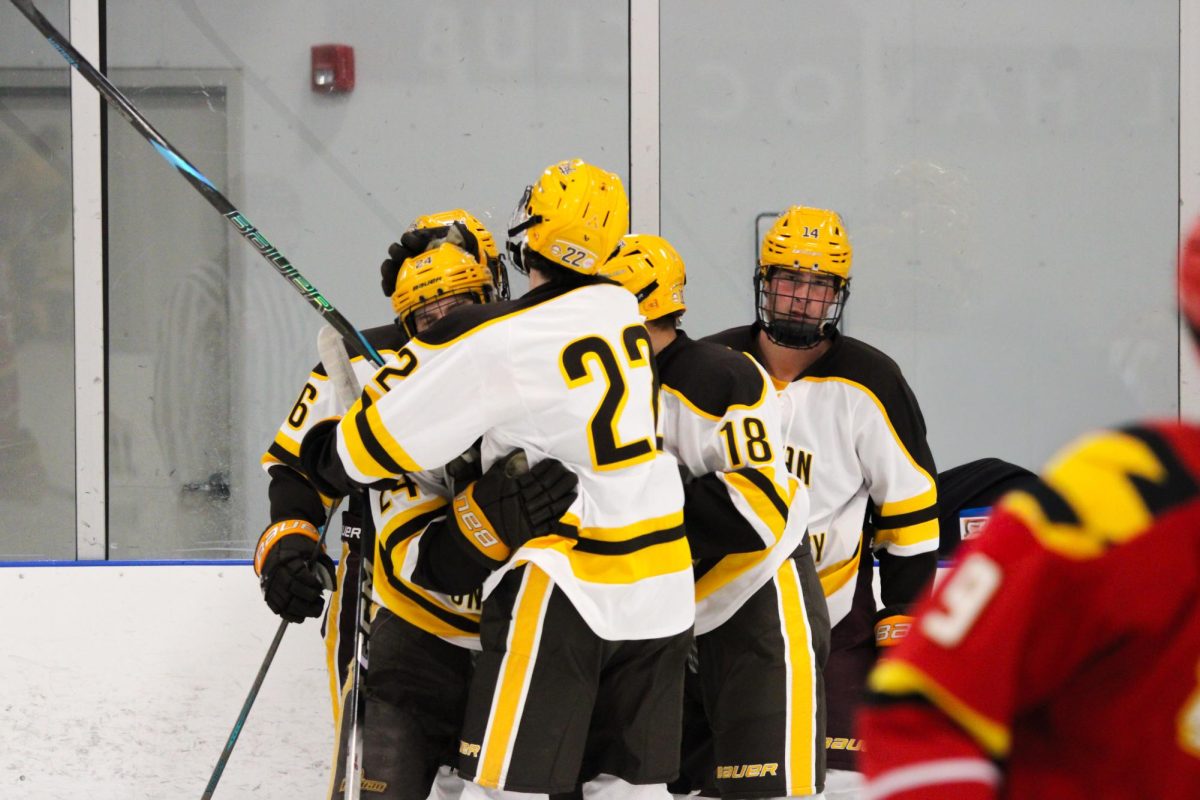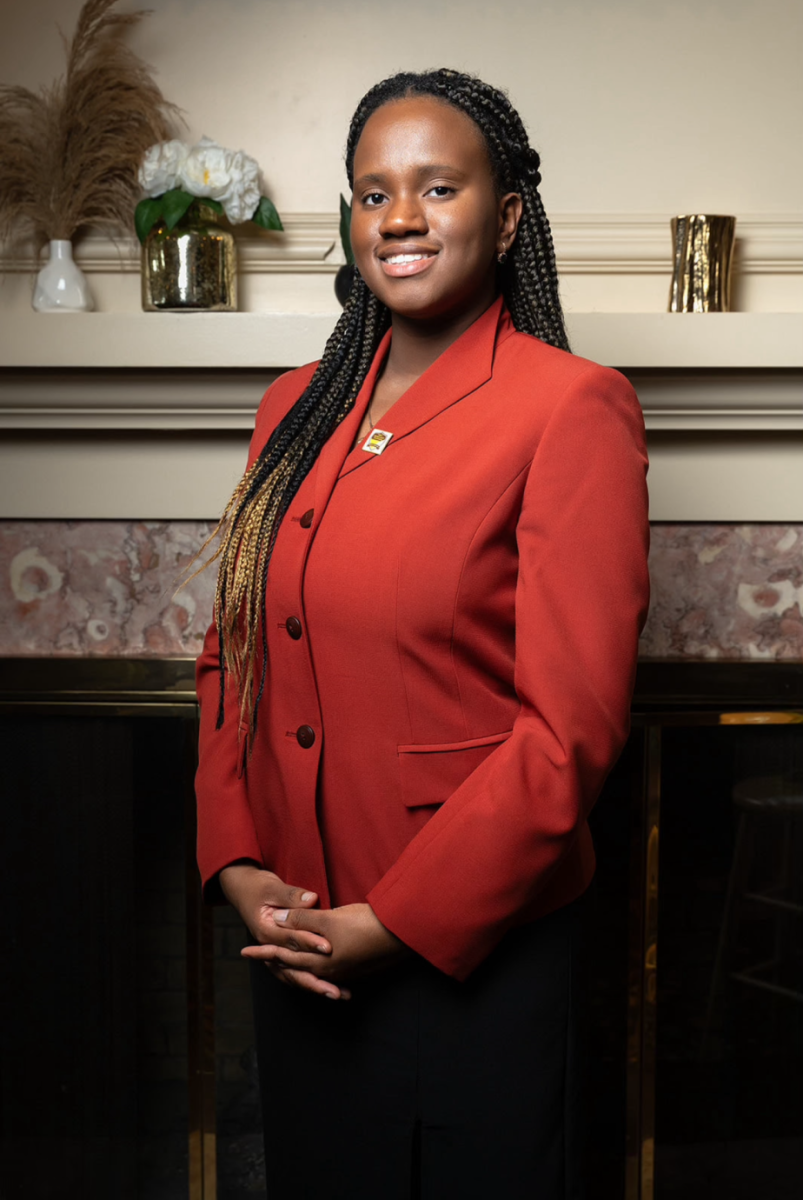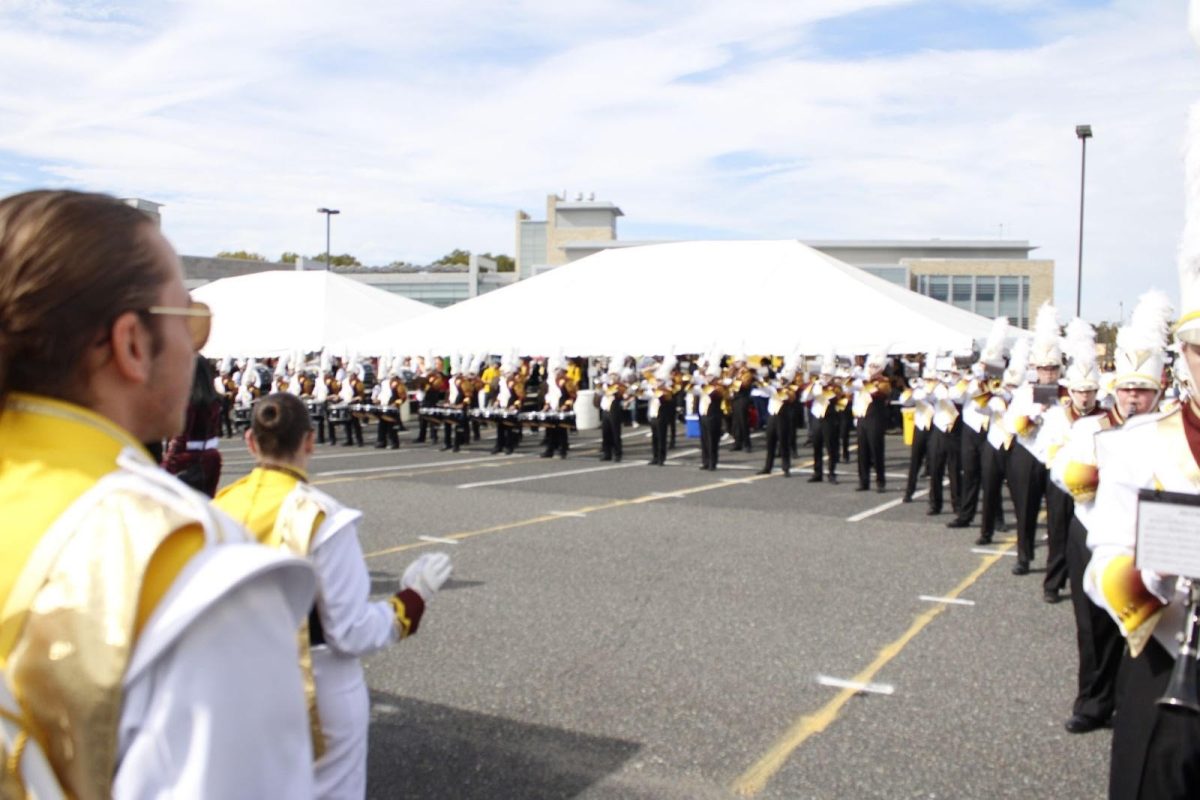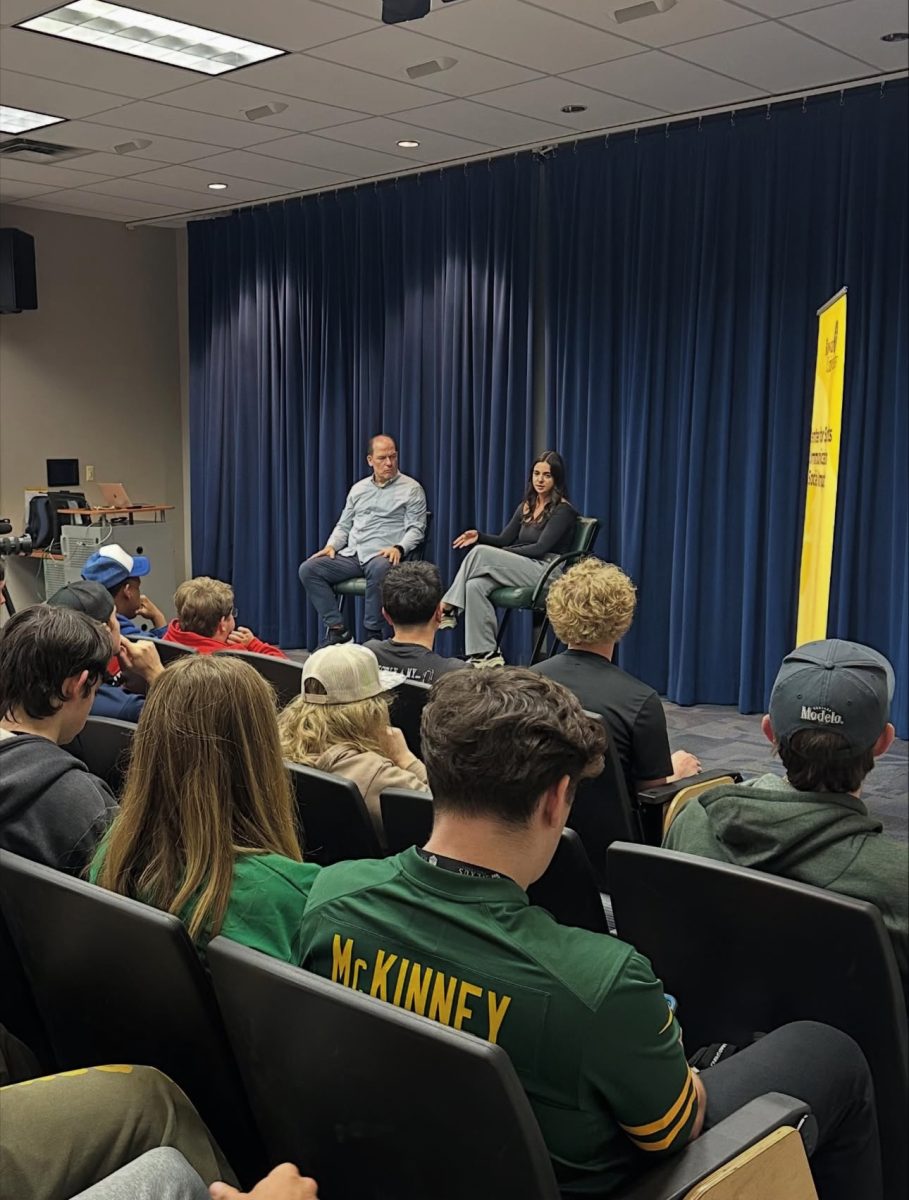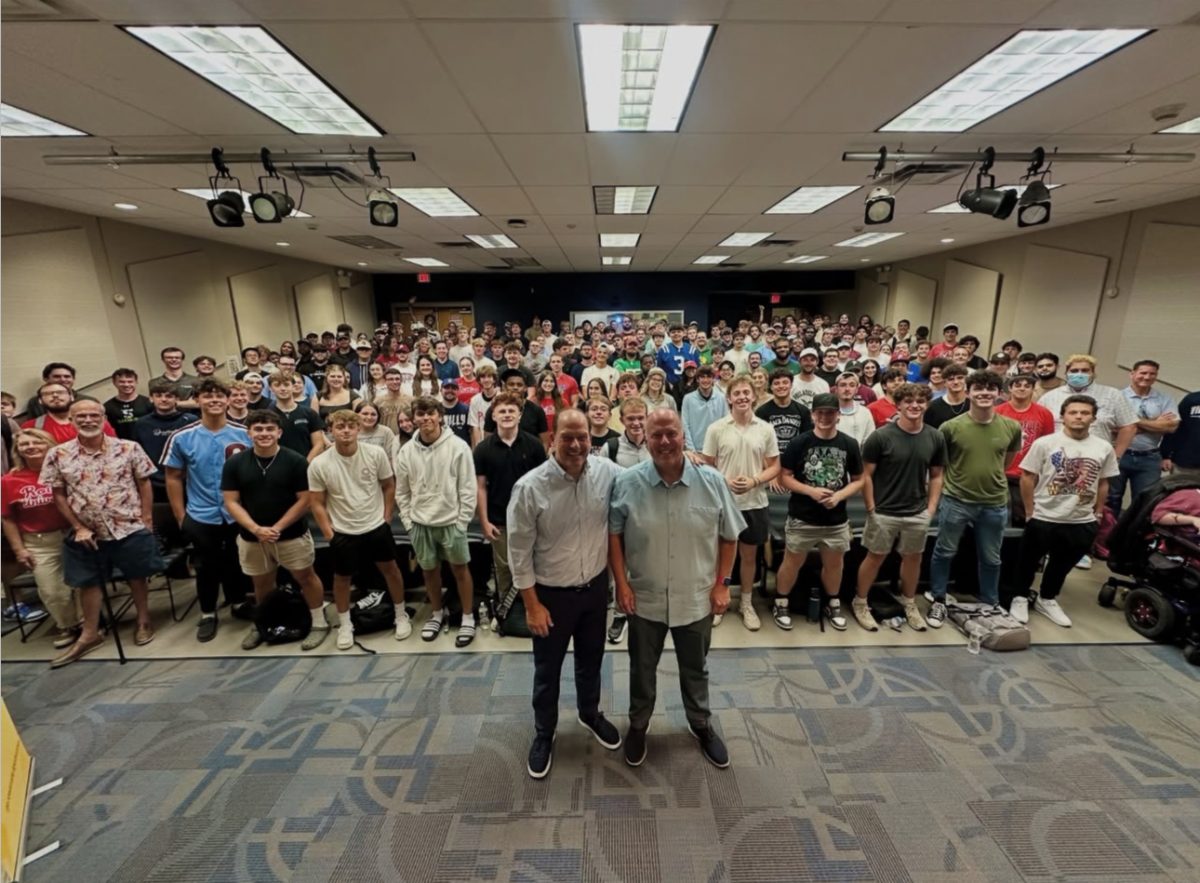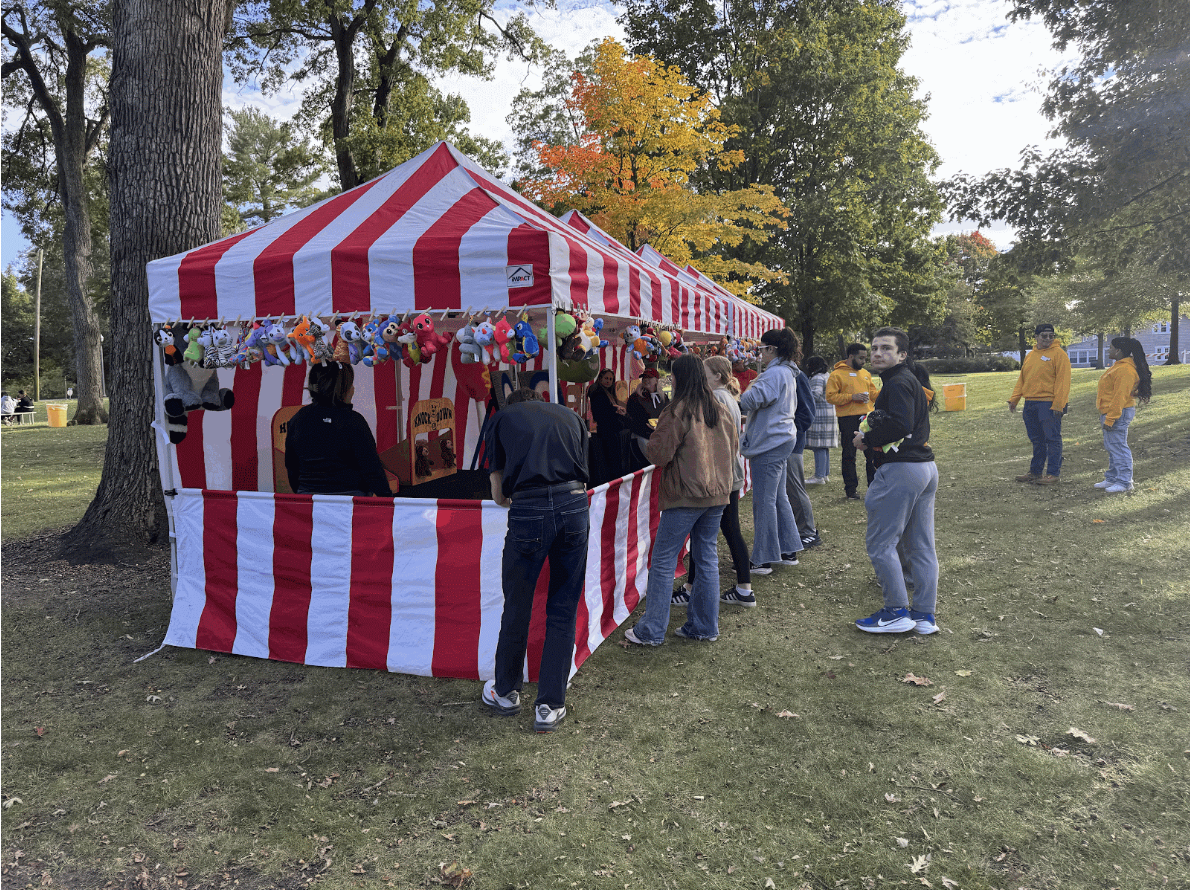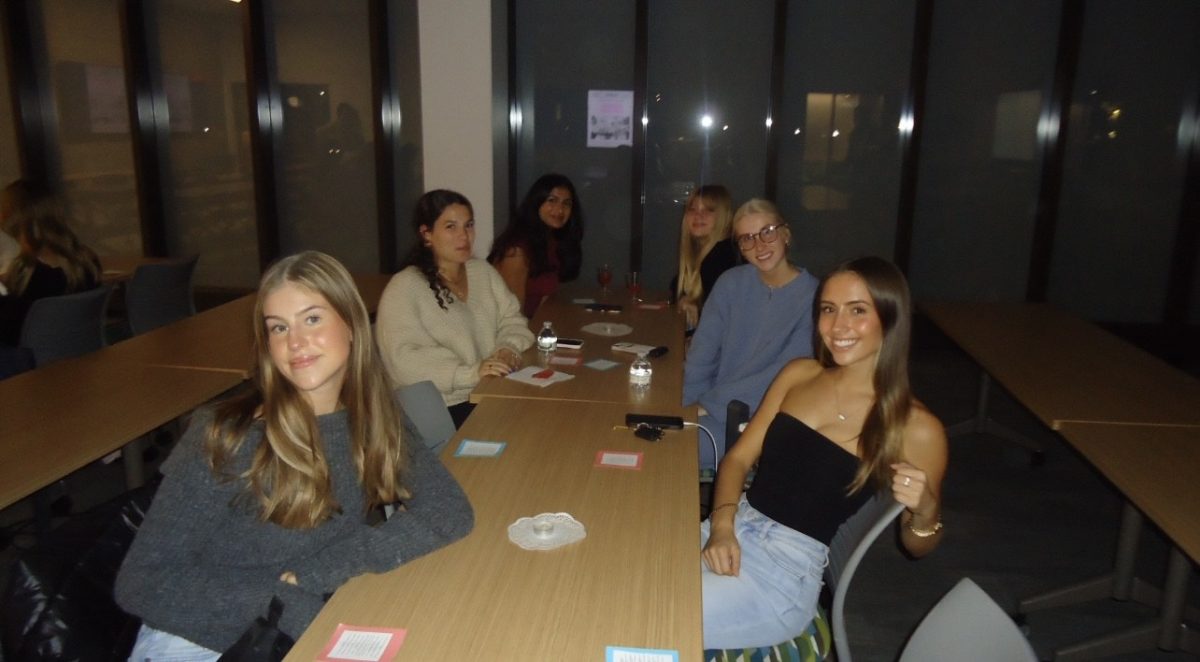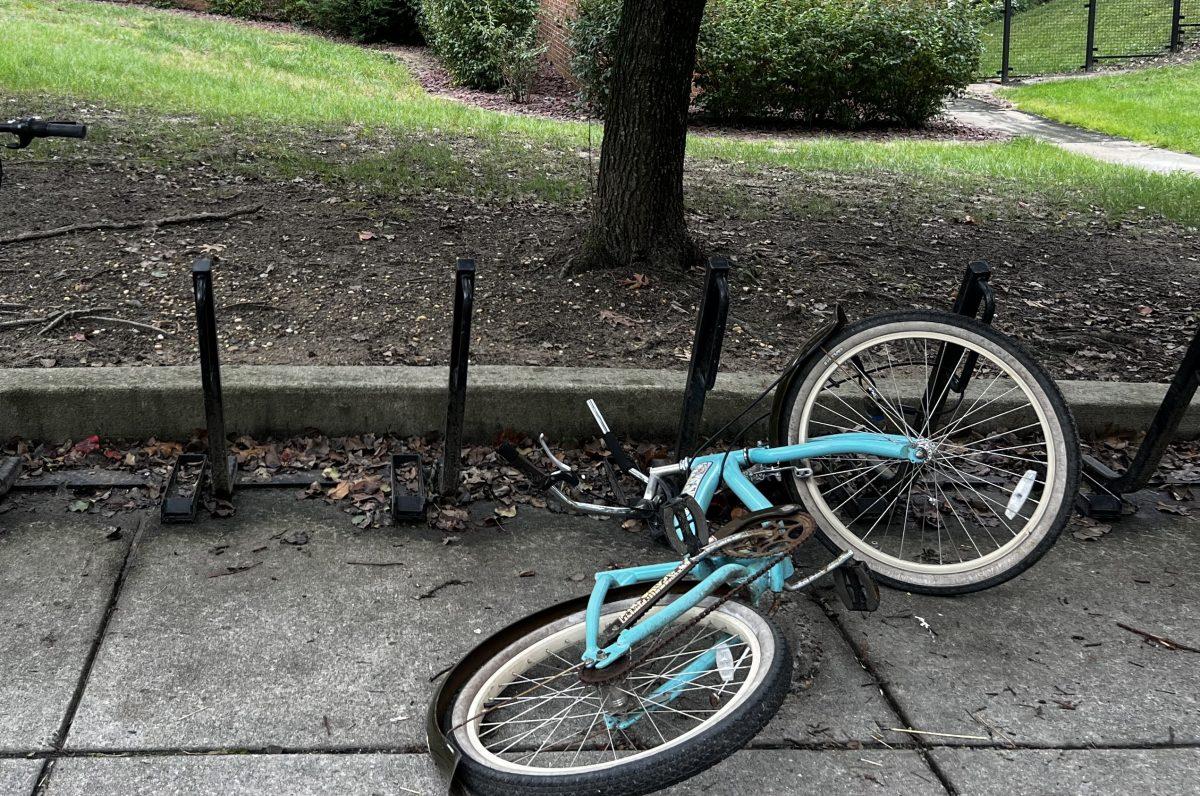Fifteen minutes is the typical gap between classes for students and faculty to be able to successfully move from one course to the next. It was also the amount of time it took me, a 23-year-old man, to have a temper tantrum outside of my apartment on campus. My class had let out five minutes early, giving me enough time to make a pit stop at my apartment. I decided to take advantage of the break in the rainy weather we had been having and take my bike across campus to hopefully save some time on my typical pedestrian commute.
I weave through the choppy pedestrian path from behind my building and walk under the conveniently covered bicycle rack attached to the apartments to retrieve my bike from its faithful resting place. As the Kryptonite U-lock was undone and tossed into my backpack, something strange caught my attention.
The hub of my front wheel wasn’t in its normal position, the skewer was sticking out. The wind had probably caught it in the series of storms we’d experienced in the past few weeks. I continued, clicked my helmet into place, and steered my bike to face the street. I gently lifted the handlebars to position myself and before my eyes was something out of a cartoon, my front wheel went independently careening towards the street. Someone had tried and failed to steal my bike.
While unfortunate, it’s not uncommon. I’ve been privy to hear more than a handful of exasperated cries of people either discovering a lack of their bicycle or finding a mangled mess of parts where their bike used to be. It’s not our job to speculate on the perpetrators or root causes of issues like this as students… It’s our job to learn.
Frankly, the underwhelming lack of infrastructure both Rowan as a university and Nexus as a property management group have developed with Glassboro’s rapid growth is shocking. For starters, the campus isn’t doing enough to promote pedestrian and non-electric vehicle traffic like bikes and skateboards.

With the school’s total population increasing from 9,600 to 22,000 over the last three decades, the school’s population density is only going to continue to grow. With only a barely visible bike path indented over a portion of the walking path from Rowan Boulevard. Pedestrians and cyclists alike have to be on high alert to avoid crashing into one another or wiping out on some portion of uneven concrete.
By no means do I want to come across as a pessimist because I have this university to thank for my renewed interest in my education and the ability to acquire it.
However, Rowan needs to take its sustainability initiatives further than just the Discovery Hall and solar panels. In 2020, the university contracted sustainable consulting firm Buro-Happold who helped to develop a master plan to make Rowan into a more efficient and climate-conscious space. On the wishlist provided to Buro-Happold are several measures meant to make our university more inclusive to cyclists and other commuters. Things like expanded bike paths and better bike storage were proposed. However as it stands today, none of these projects have been implemented yet.
There are a few solutions that could be brought to fruition in less than a year. For one, Nexus could limit the amount of parking passes available for their parking garages on campus, and dedicate a row of parking spaces indoors solely for bicycle parking. They could increase the security of this by adding the same NFC locking technology they have on the doors and elevators to the nexus properties so only residents and students could access the bikes. This step could prevent future bike thefts while simultaneously reducing the amount of cars on campus.
On a similar note, both the university and Nexus could partner on a joint venture to take advantage of some of the underutilized green spaces and pathways on campus and make them into a separated bike lane in order to reduce pedestrian congestion and help everyone get to classes faster. Places like Washington University in St. Louis have already implemented these around their campus.

We’re already on the right track with the several fix-it stations across campus but we could be doing a lot more as a university. Imagine a day at Rowan where crossing the Rowan Boulevard roundabout doesn’t feel like an all too real game of Frogger. It might have a steep cost but I don’t see why investing in sustainable solutions that could benefit the Rowan community at large shouldn’t be worth the price.
In an era, where environmental sustainability meets public safety and the betterment of the campus community as a whole, investing in cycling infrastructure can only serve to benefit our great university in its path forward.
For comments/questions about this story, DM us on Instagram @thewhitatrowan, or, email [email protected].



